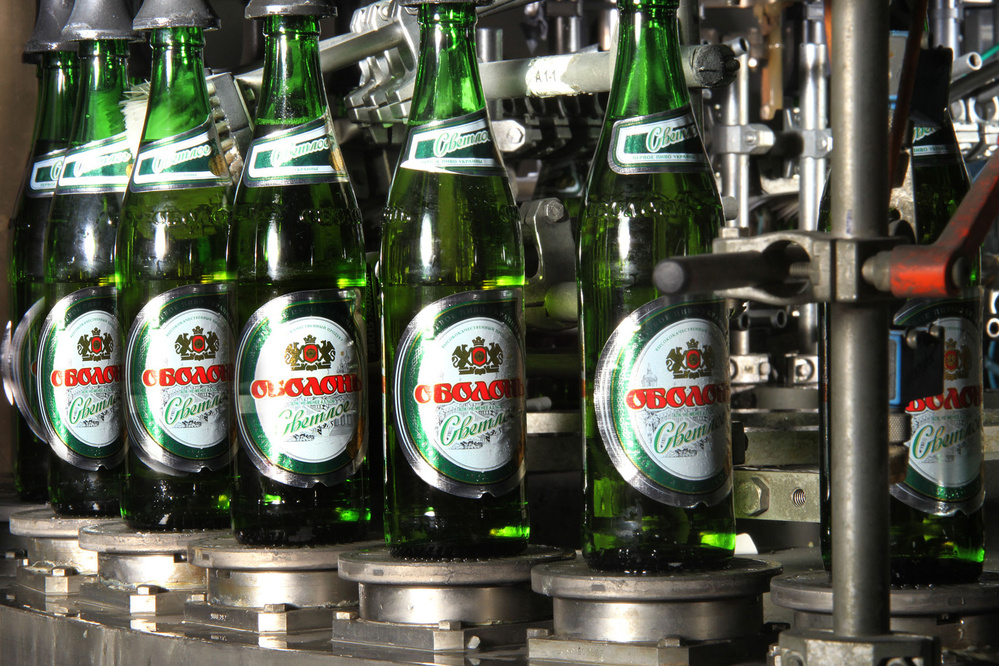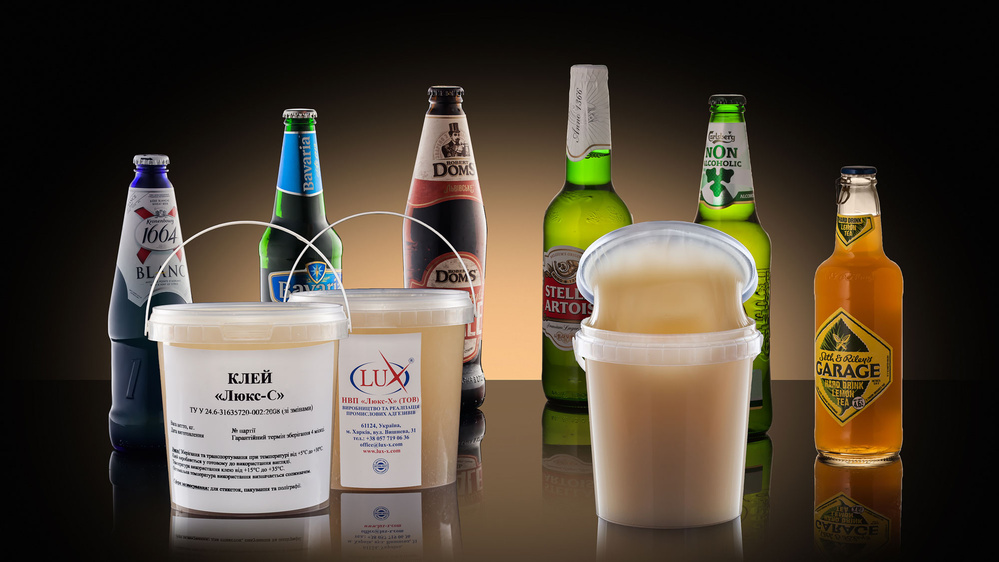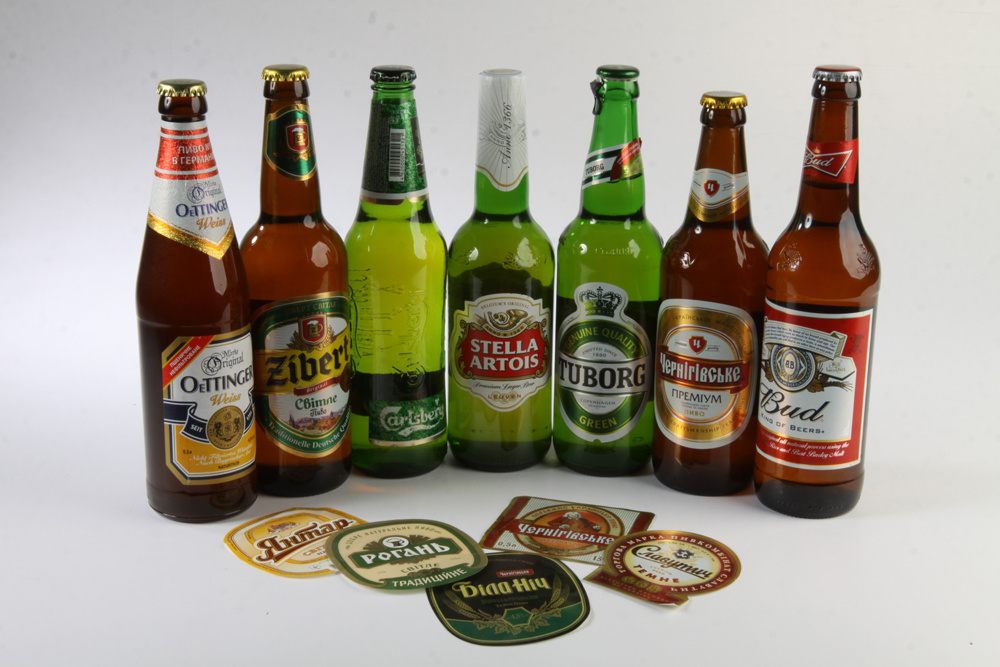How to read a beer label
We all heard the phrase: “First impressions are most lasting.” Today, this saying is relevant for many beer brands that are competing for consumer attention. Since alcohol advertising in Ukraine is strictly regulated by the law, companies are looking for other means of attracting buyers to their products. One way is to design a catchy appearance of the bottle and label.
Supermarket shelves are dotted with a variety of colours and designs in an attempt to stand out among competitors and draw attention to a specific product. However, the deciding factor of purchase should be product quality. For you to make a proper choice, we will tell how to read the information on beer labels the right way.

The beer production formula was invented as far back as several centuries: malt + hops + water. Owing to the experiments of beer brewers, a big variety of beer brands and types was produced. The information on the label helps to not get lost among this variety and choose a specific beverage.
Many consumers confine themselves only to the beer brand and information of the type “light/dark”, “filtered/non-filtered”. What other information does the label of the beverage carry?
ABV or Alcohol by Volume / ABW – Alcohol by Weight – the percent alcohol content in the beverage. On the label, this information is shown as % ABV.
One can find a brand with the marking “Ice bock”. This beer differs from other ones by the process of producing – the beverage is partially frozen, with the alcohol remaining in the unfrozen liquid. The result is a very strong beer brand with an ABV up to 42.
By the way, the strongest beer in the world is “Snake Venom”. This alcoholic beverage by Scottish brewers contains 67.5% of alcohol, exceeding even whiskey and vodka by this indicator. The bottle label even has a warning that the beer should be tasted with small sips, like whiskey.
IBU or International Bitterness Unit – a beer hoppiness unit. One unit is equal to one milligram of bitter substances per litre of beer. For beer connoisseurs, the bitterness degree is one of the key indicators. IBU varies from zero to 120. Thus, the smaller the indicator the milder is the beverage.
The maximum indicator of 120 is present in such beer brands as Imperial IPA or American Barleywine. Many beer brewers assert that a person can consume safely no more than 110 IBU. However, in 2015, the American “Dogfish Head Craft Brewery” created the beer “Hoo Lawd” with IBU 658. The bitterness unit was officially confirmed by two independent laboratories. The beverage was produced using a new experimental hops variety called “Alpha Beast”.
OG or Original Gravity – beer gravity. This is one of the key indicators of beverage quality. Gravity is usually designated as a 3 or 4-digit percent value. This indicator also refers to beer flavour qualities. The beverage flavour will be lighter and fresher with a low gravity percent, though a higher percent value yields a more mouthfeel flavour.
SRM or EBC scales designate beer colour. The SRM (Standard Reference Method) system was accepted as early as 1950 by the American Society of Brewing Chemists. The EBC (European Brewing Convention) indicator was accepted by the convention of beer brewers responsible for quality standards in Europe.

The EBC system exceeds SRM by a factor of 1.97, though the marking approach is unified – the higher the number the darker is the beer.
Among the host of beer varieties there are “vintage” brands. These beverages are designated as BA (Barrel-Aged). The hopped beverage with this designation matured in a cask where, prior to holding beer, premium alcohol beverages were aged (e.g., wine, whiskey, and bourbon). Beer maturation in a cask adds a refined taste to the beverage. Maturation can continue from several months to several years.
What other information can be drawn from the beer label? Some producers indicate the year of foundation of their firm to stress their status and expertise, while others like to boast about their awards if they have any.
The area of beer brewing holds many things of interest. If one sees beer as not only a popular “backyard” beverage, but also probes a little deeper, then many new things can be discovered, helping to become a full-fledged expert.

We have mentioned the basic factors influencing beer flavour. Of course, besides experiencing a mouthfeel delight, a person needs an aesthetic one as well. In this case, designers, marketing professionals and other specialists in different areas come to the aid of producers. In turn, we, as experts in and the producers of adhesives are willing to offer a quality adhesive for labels. Find more details at the link here .






